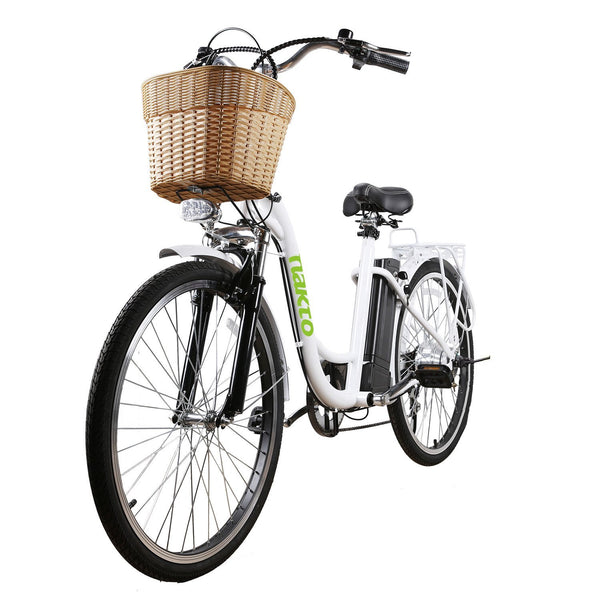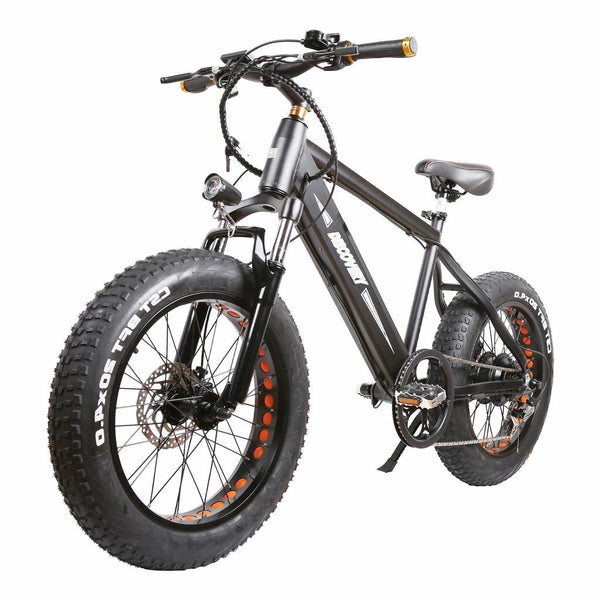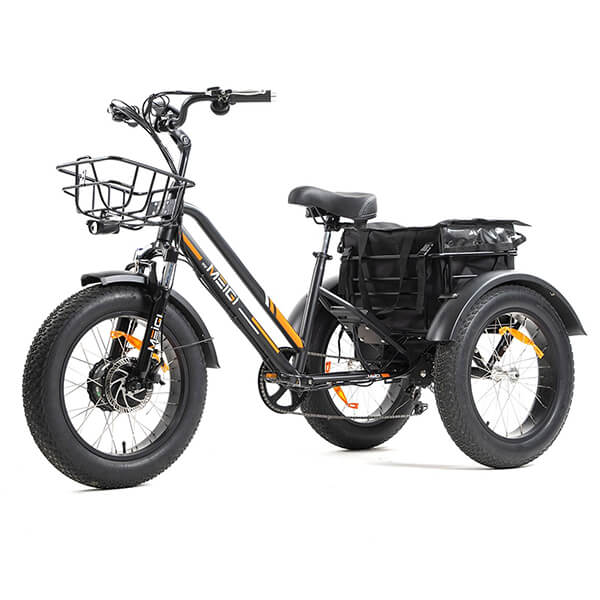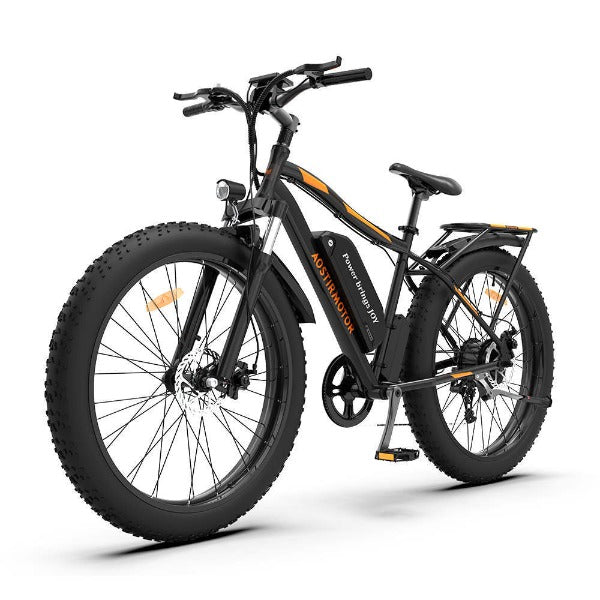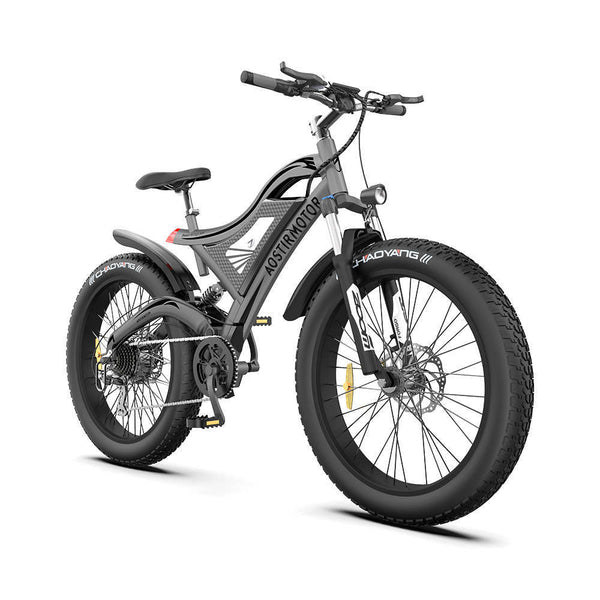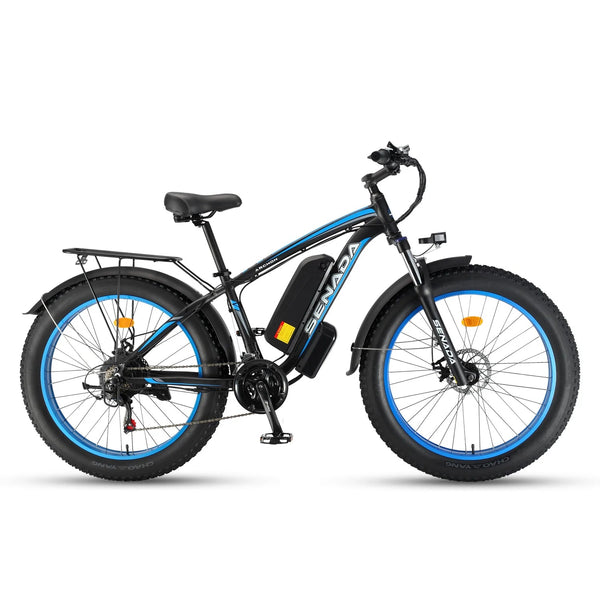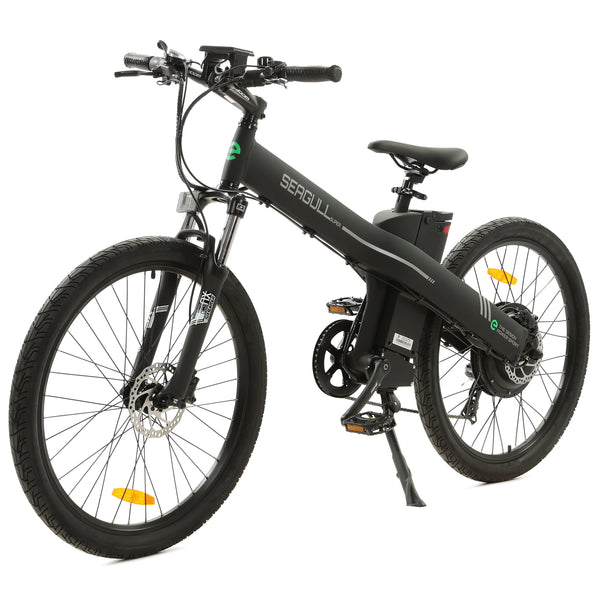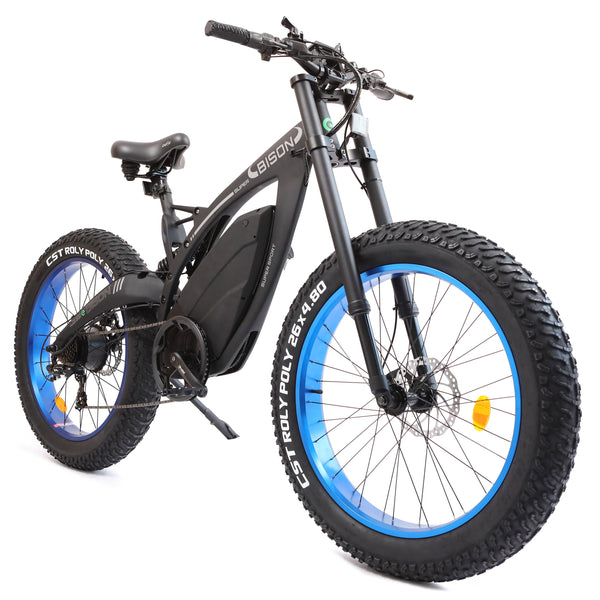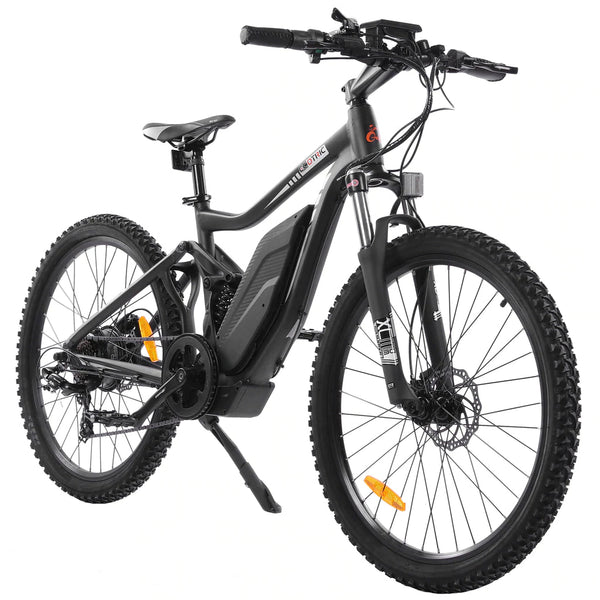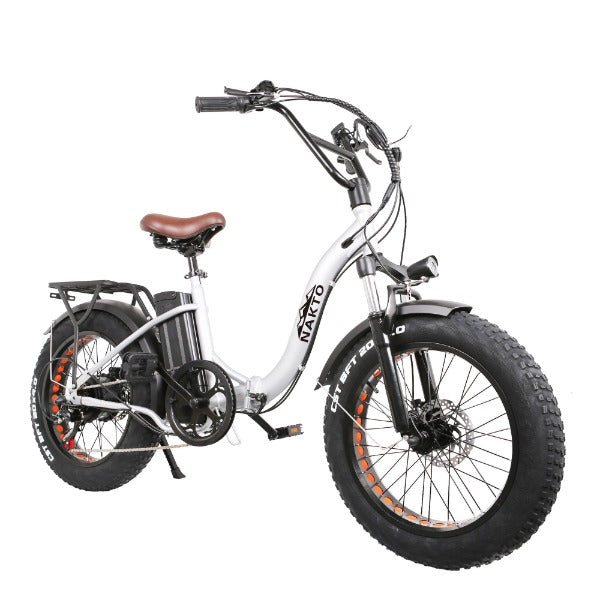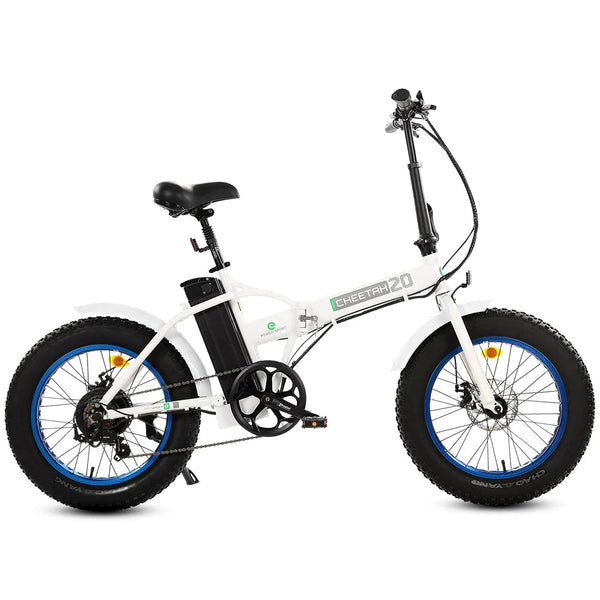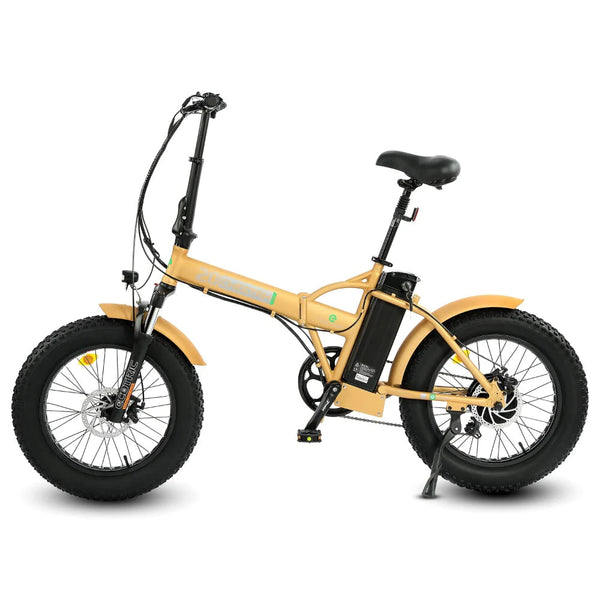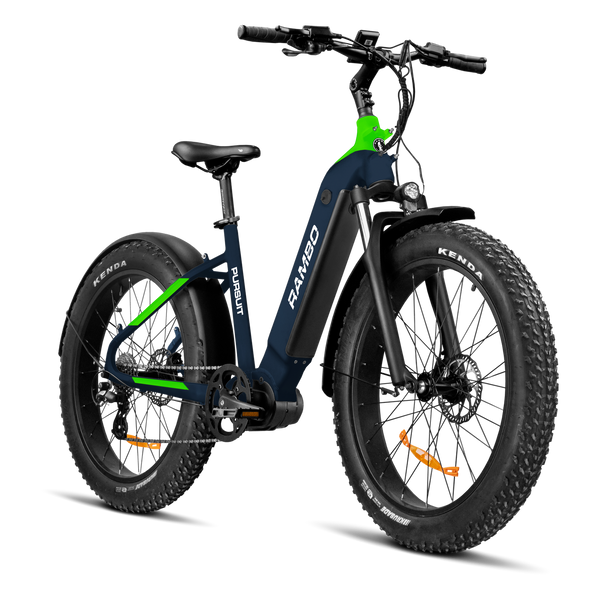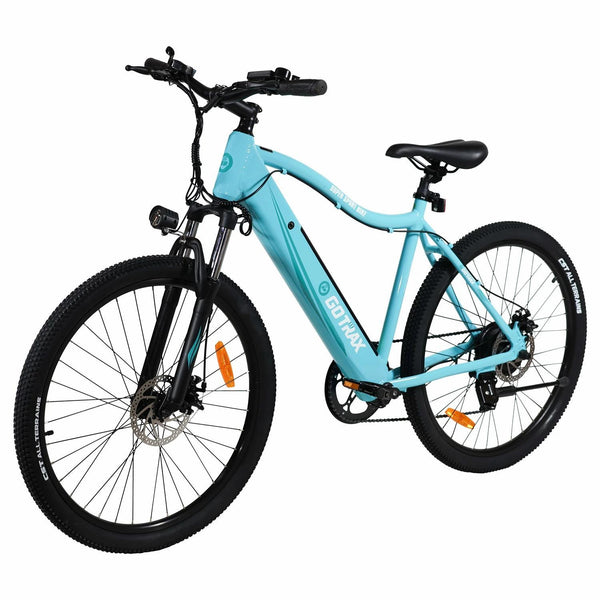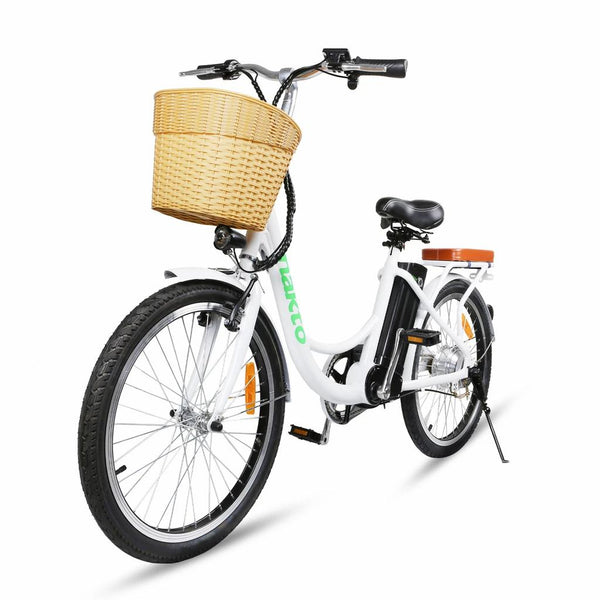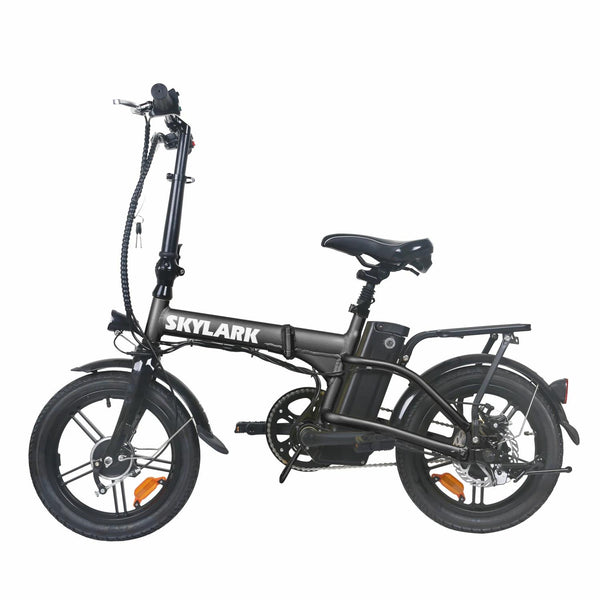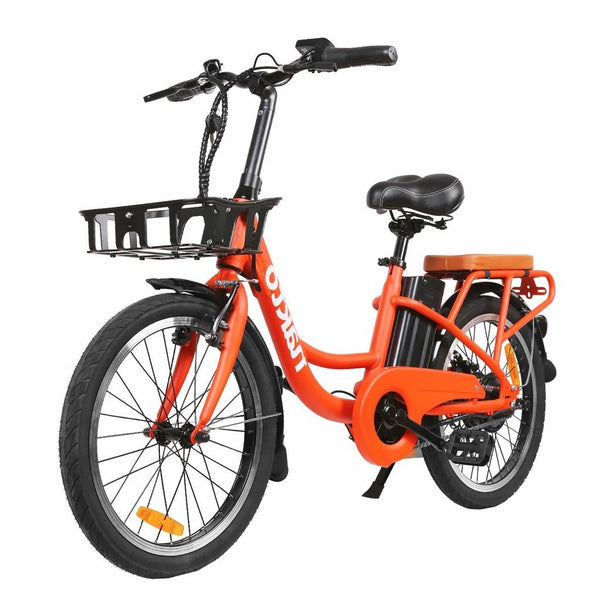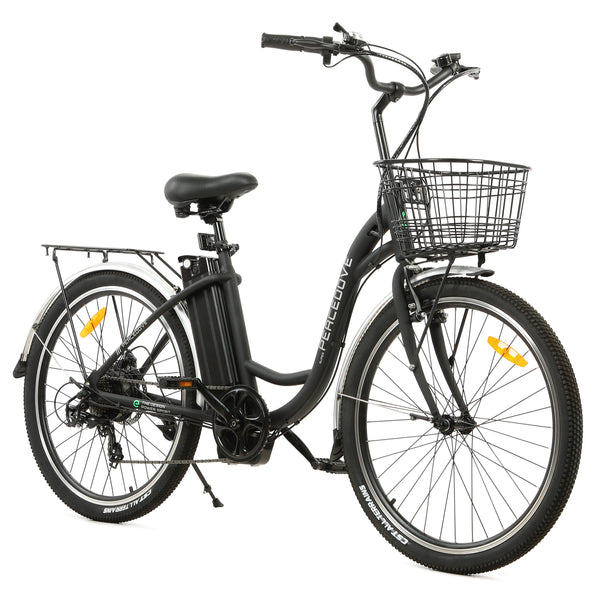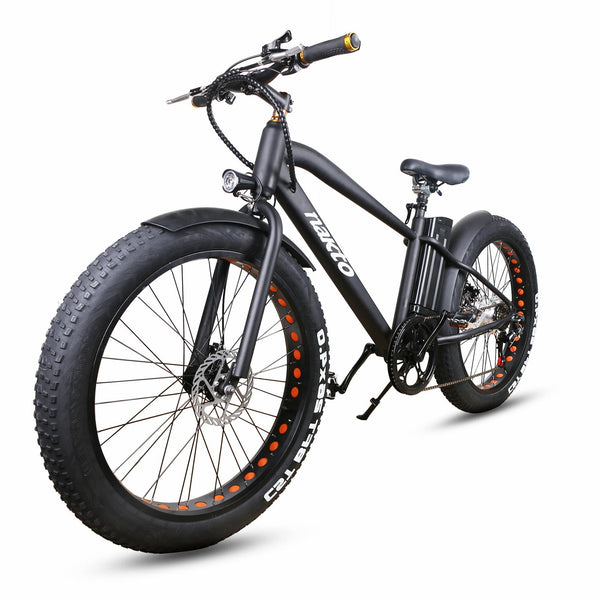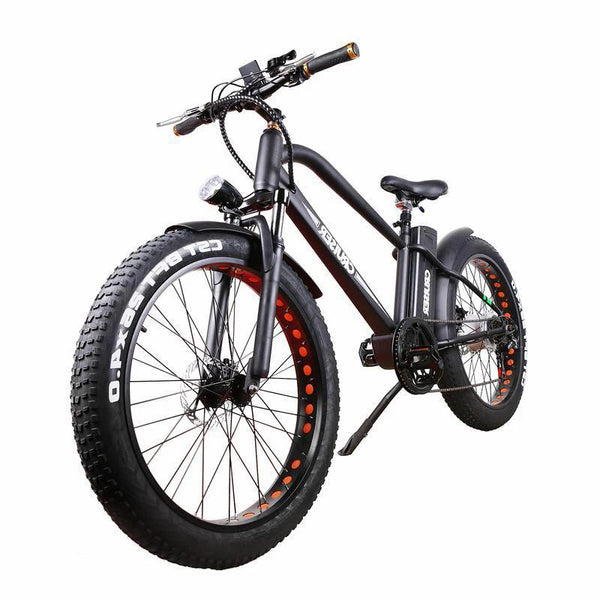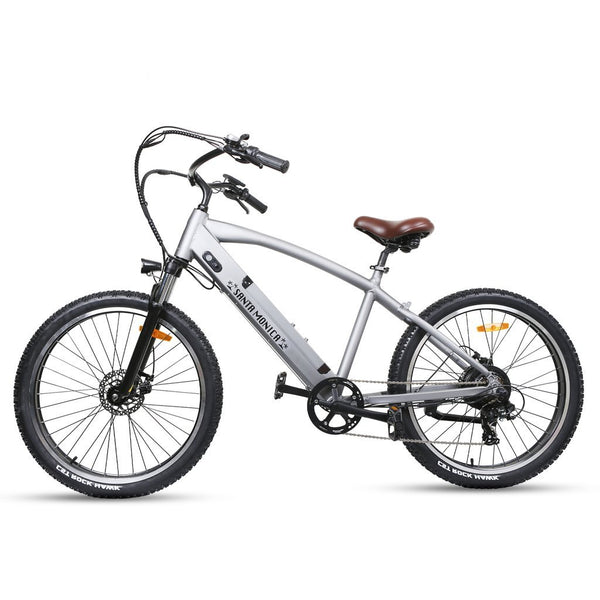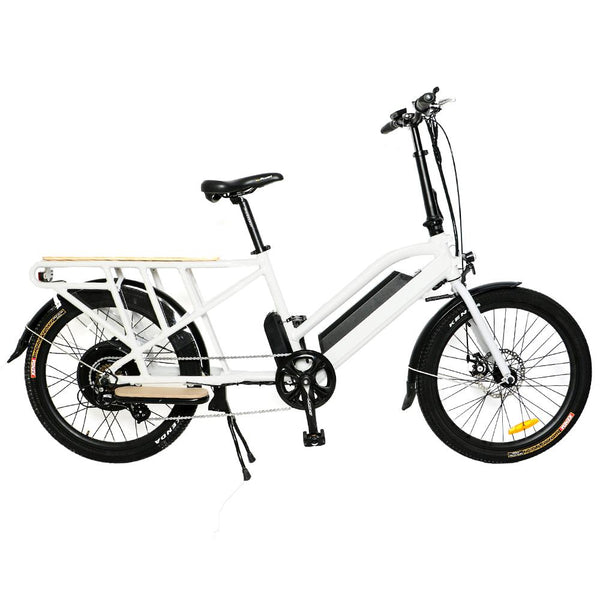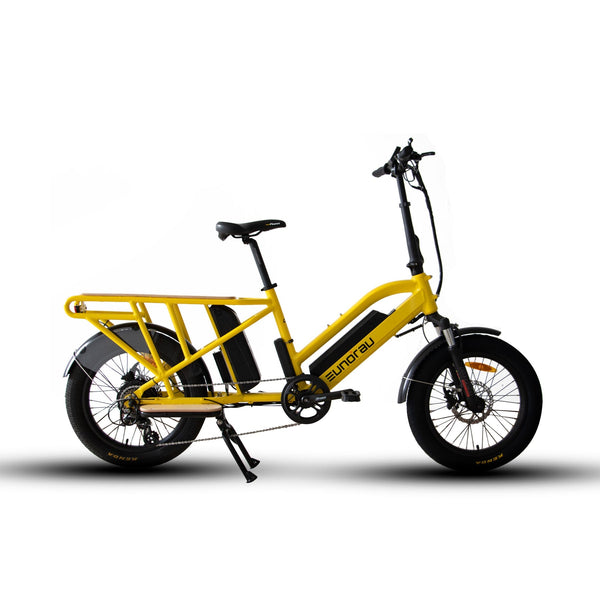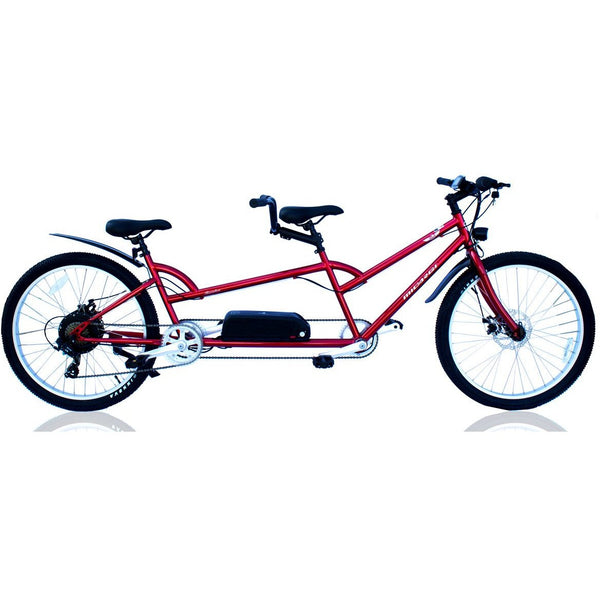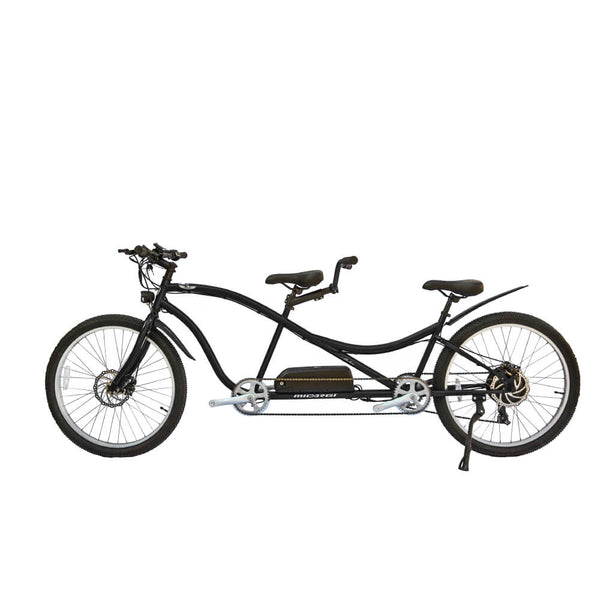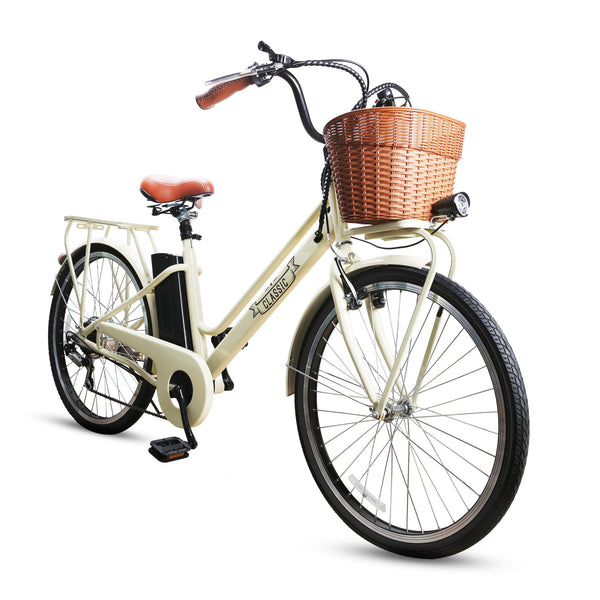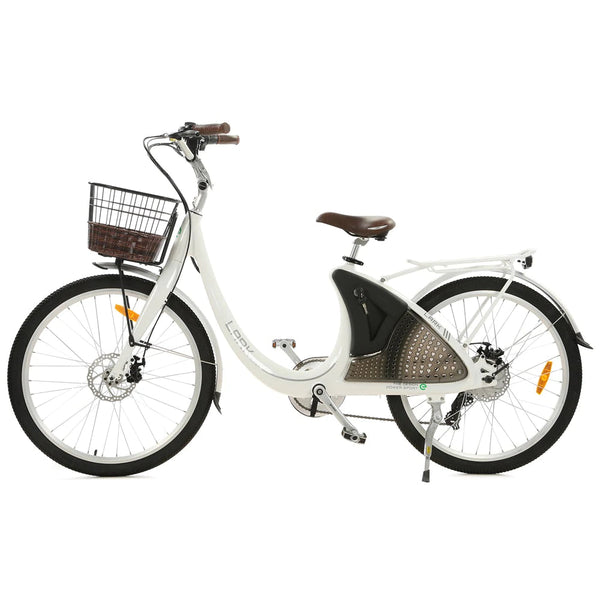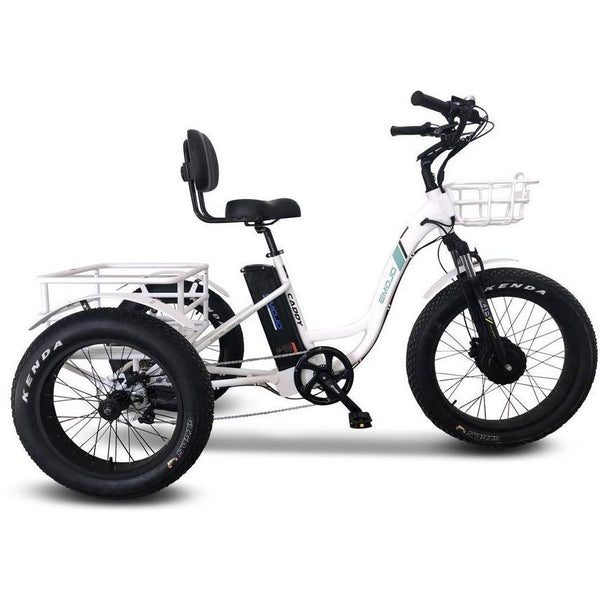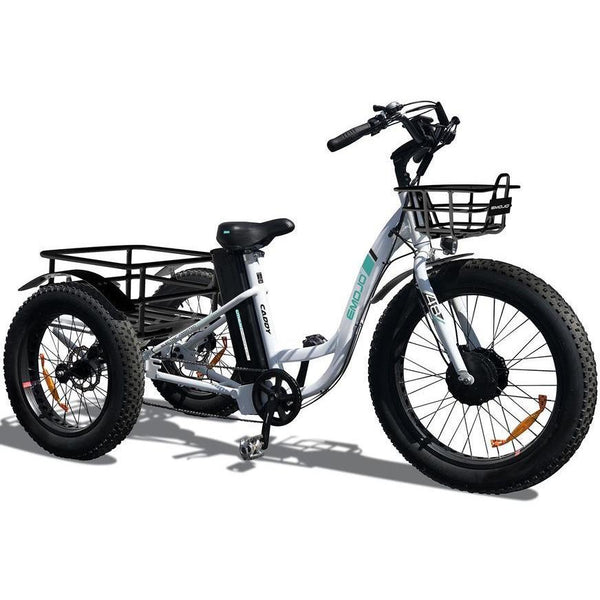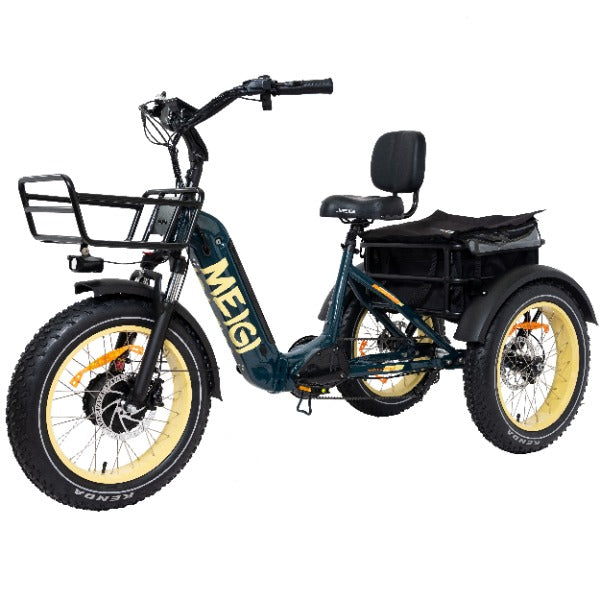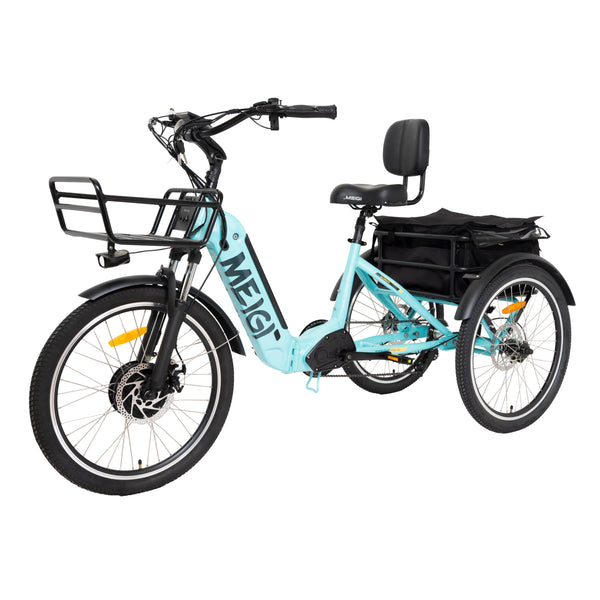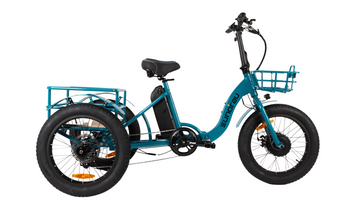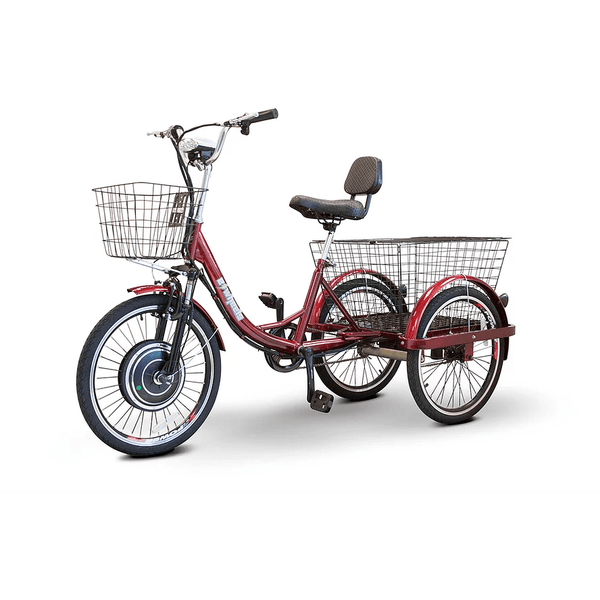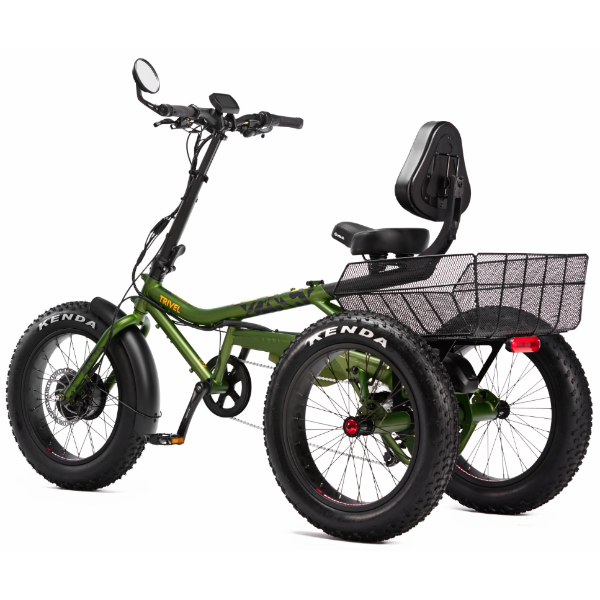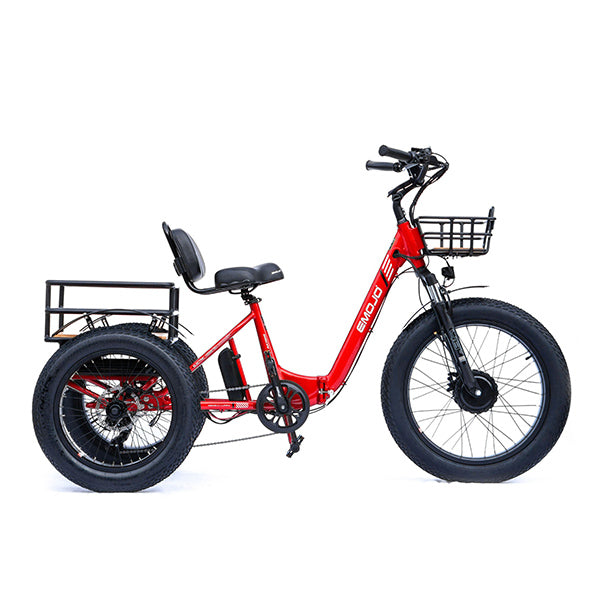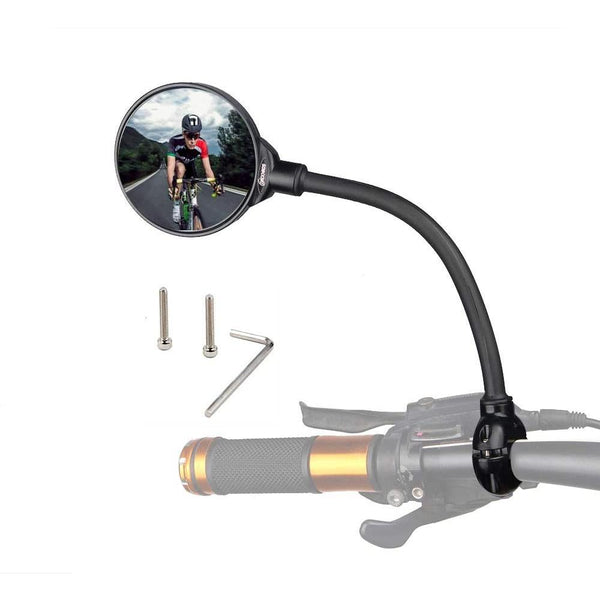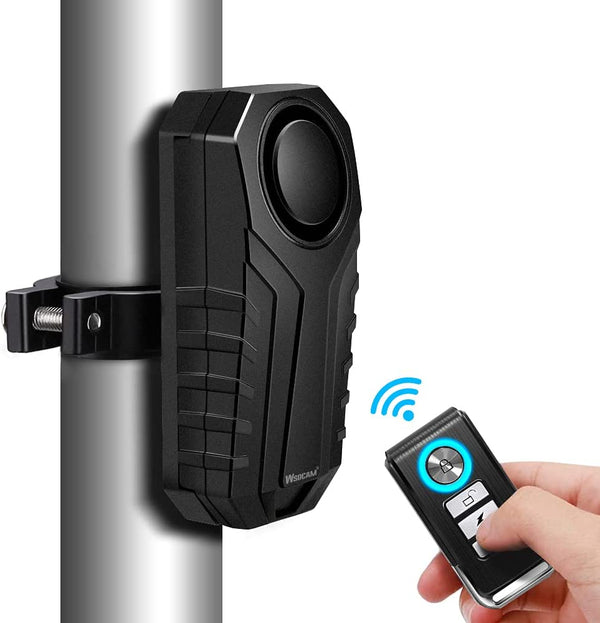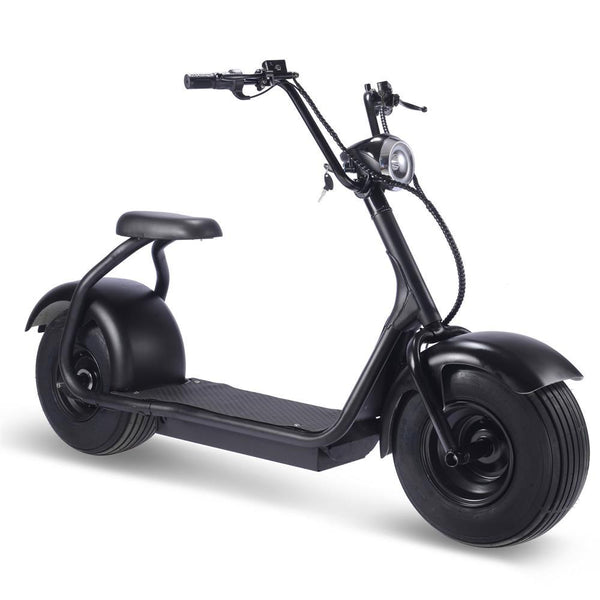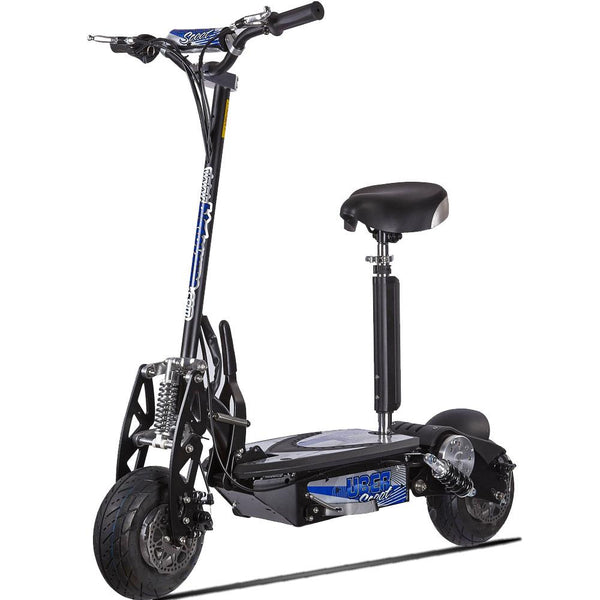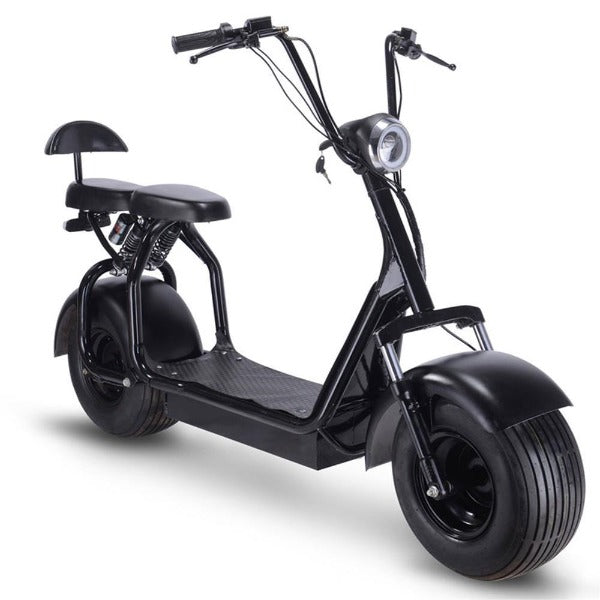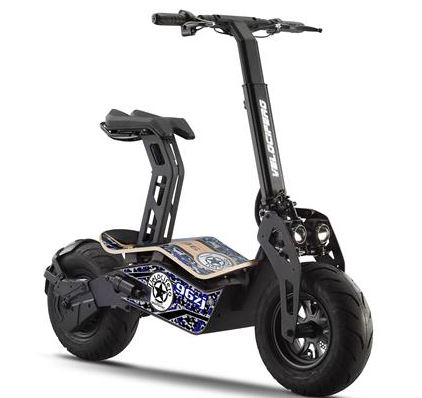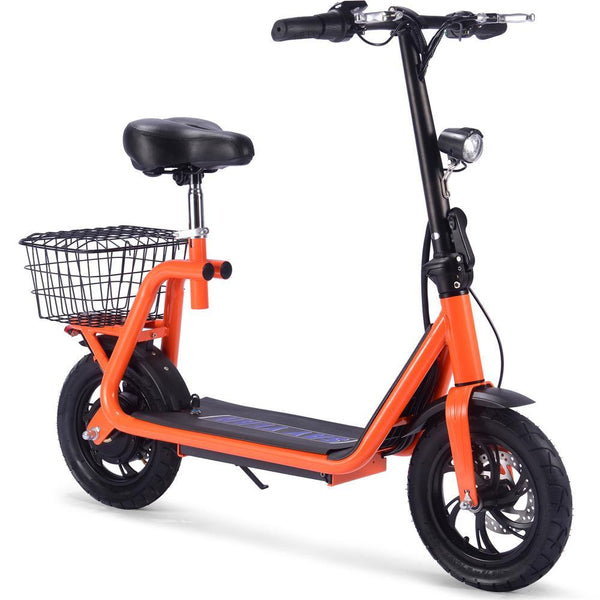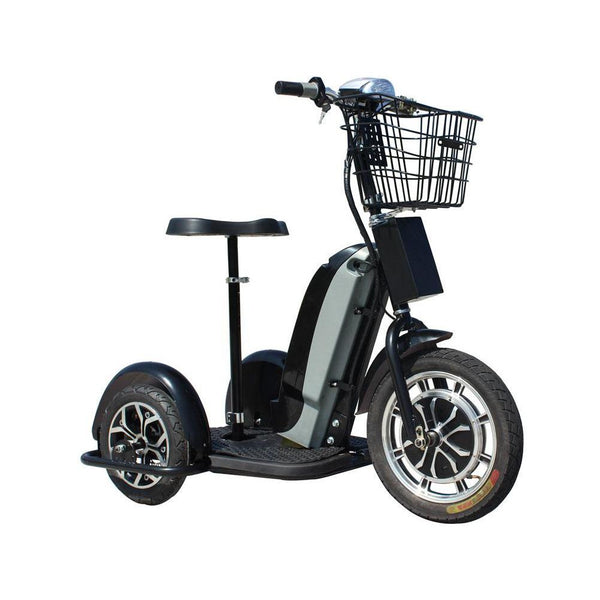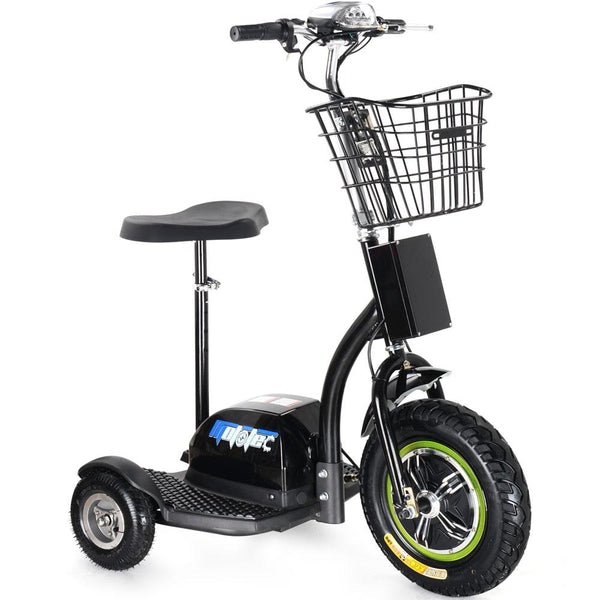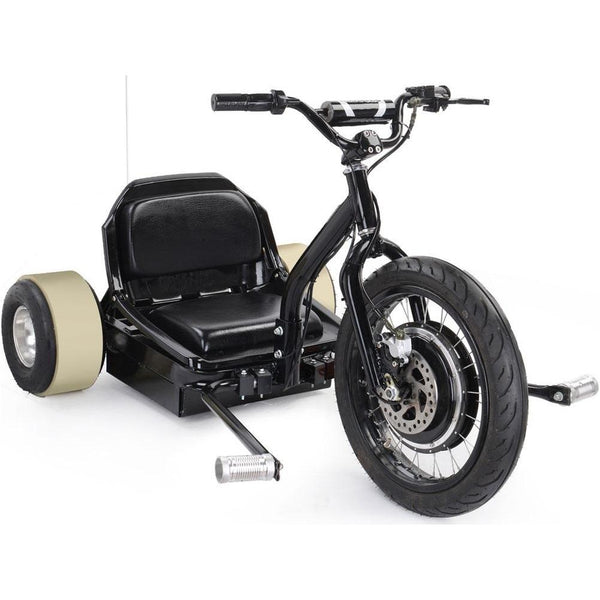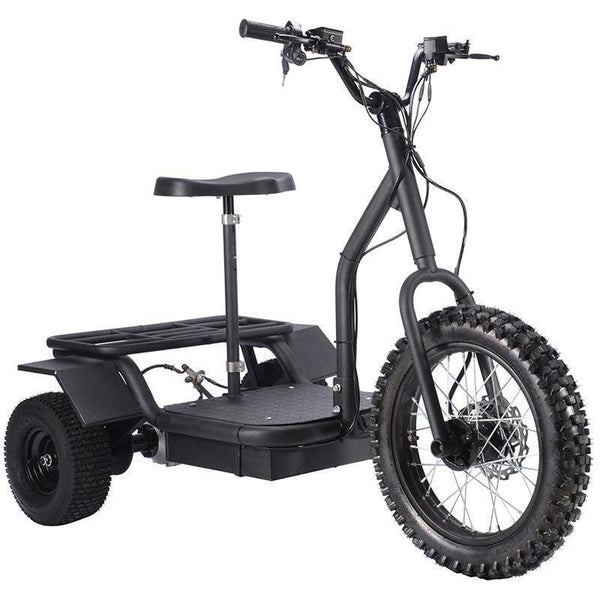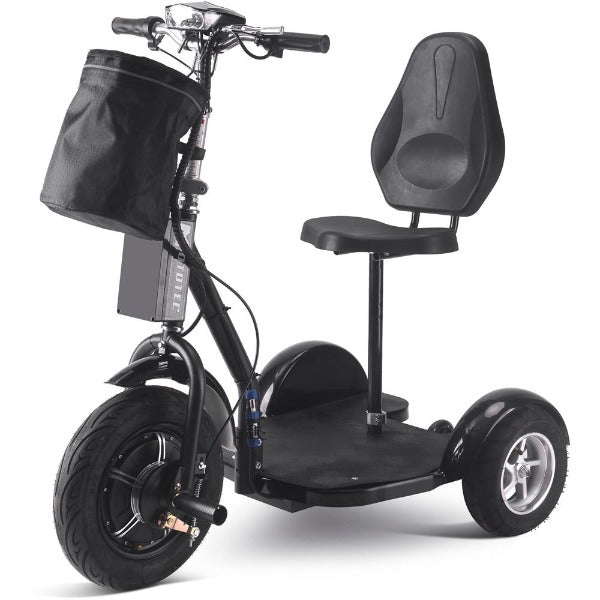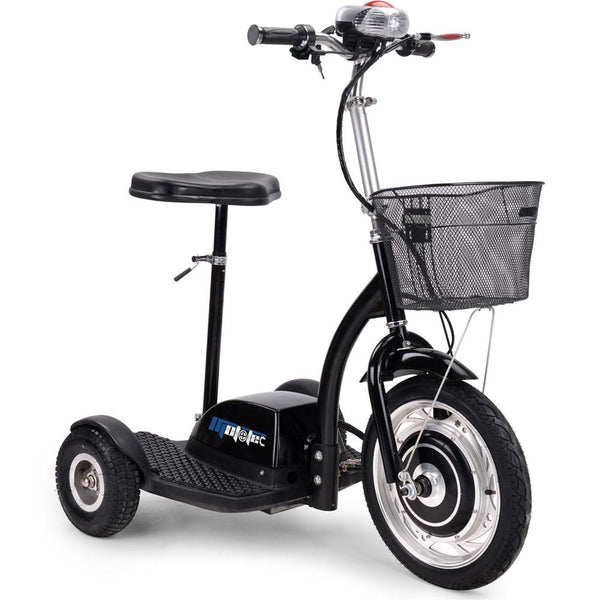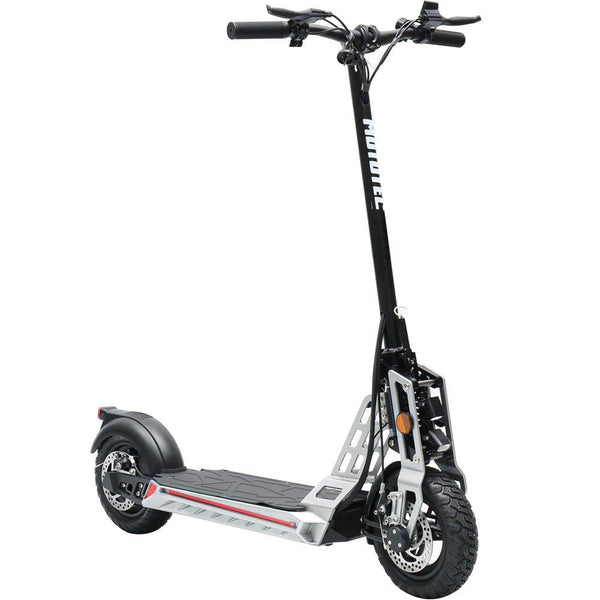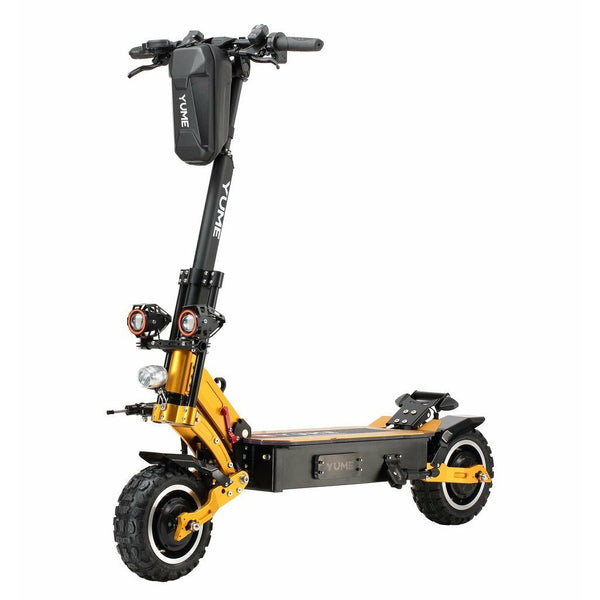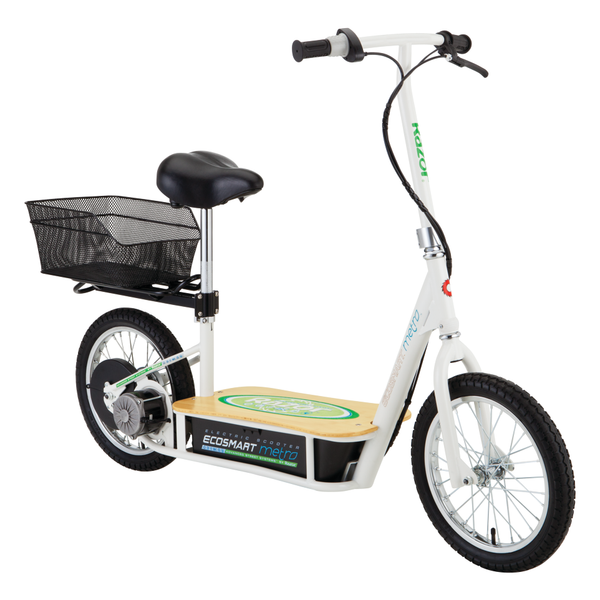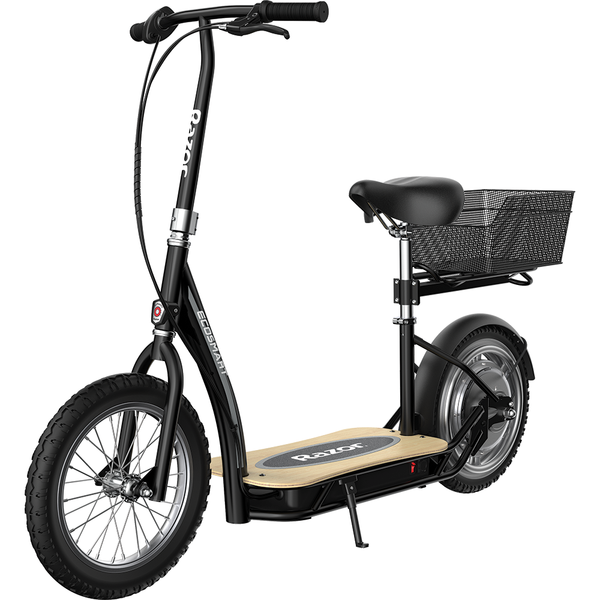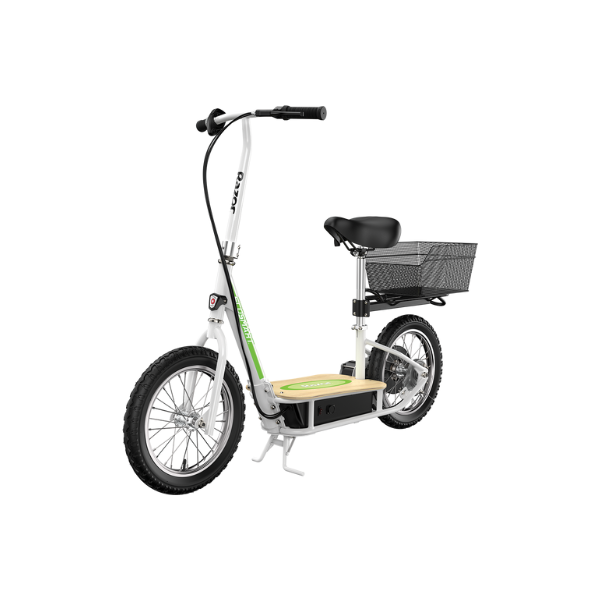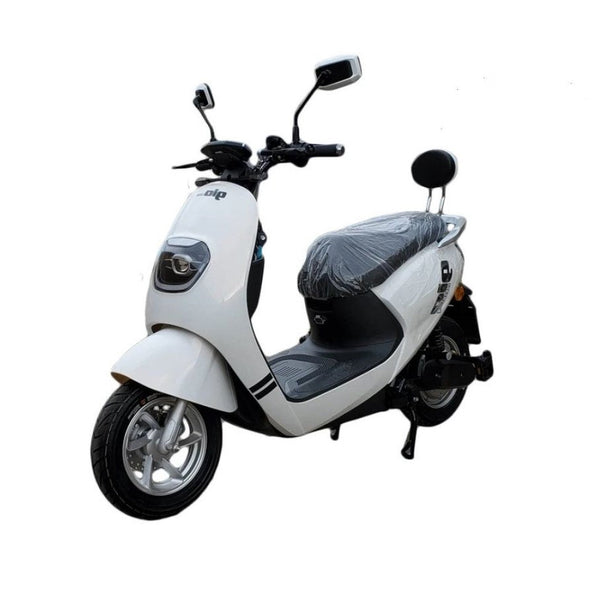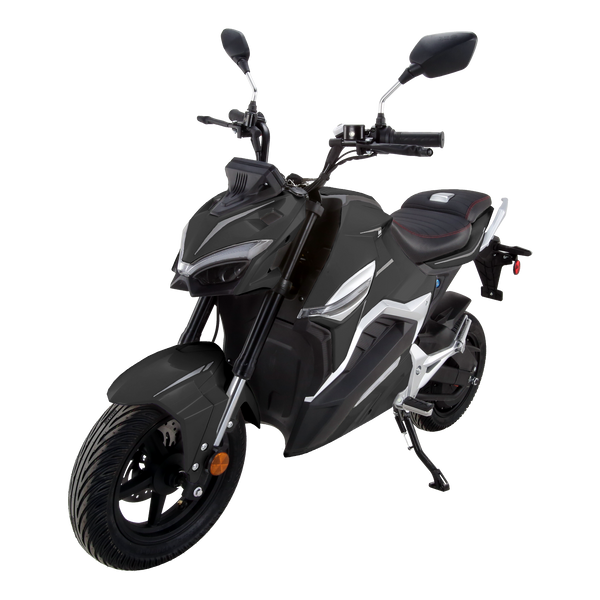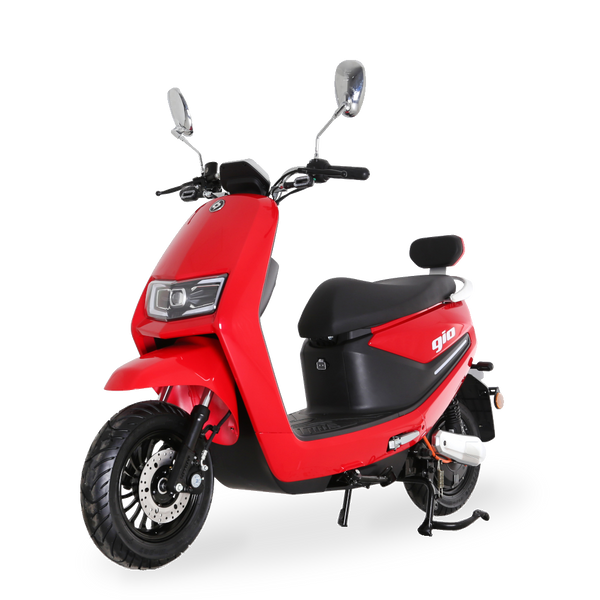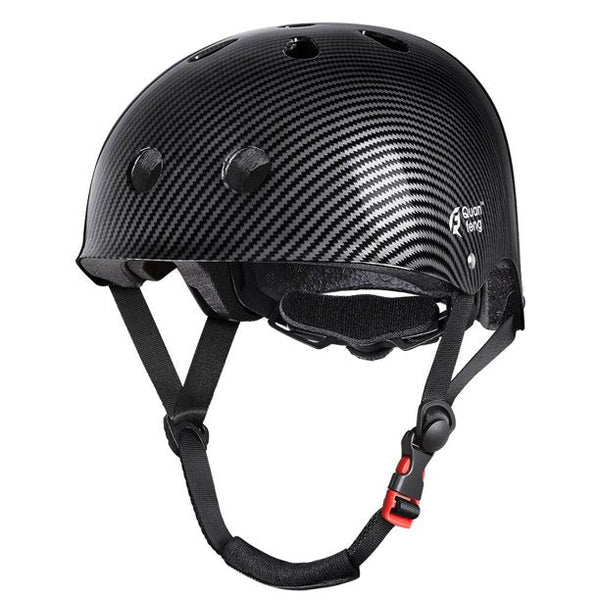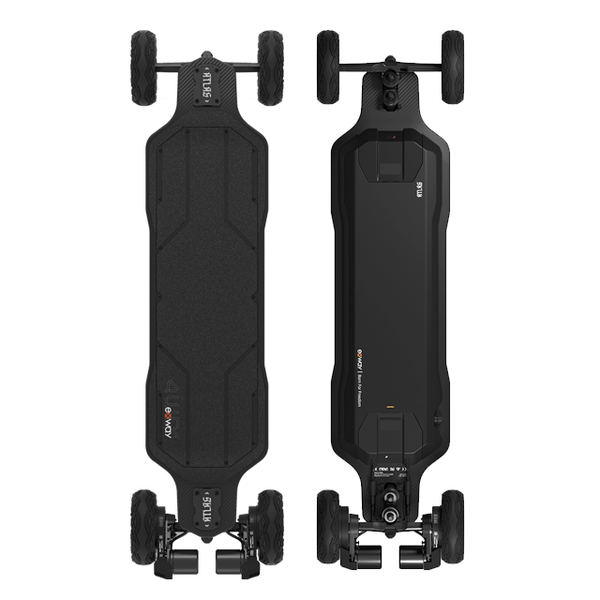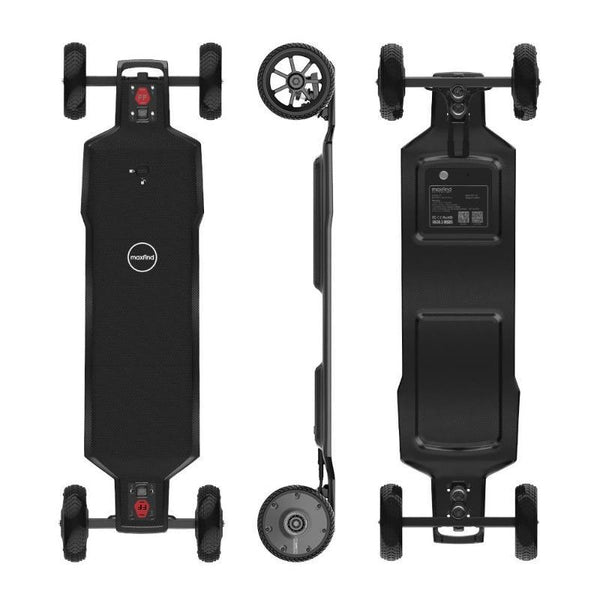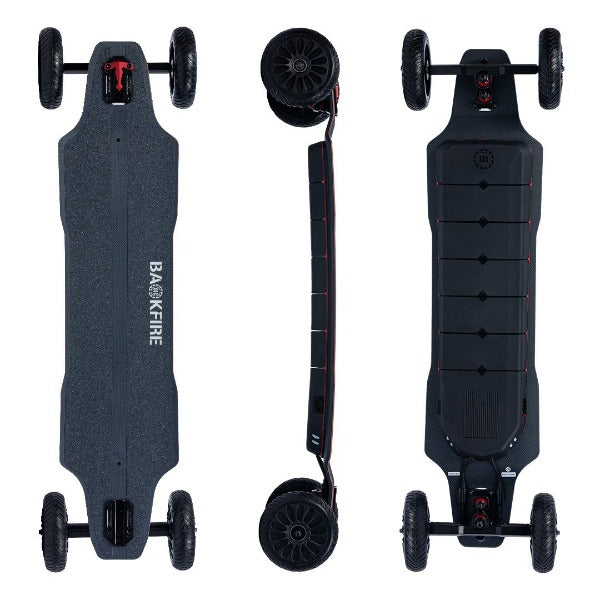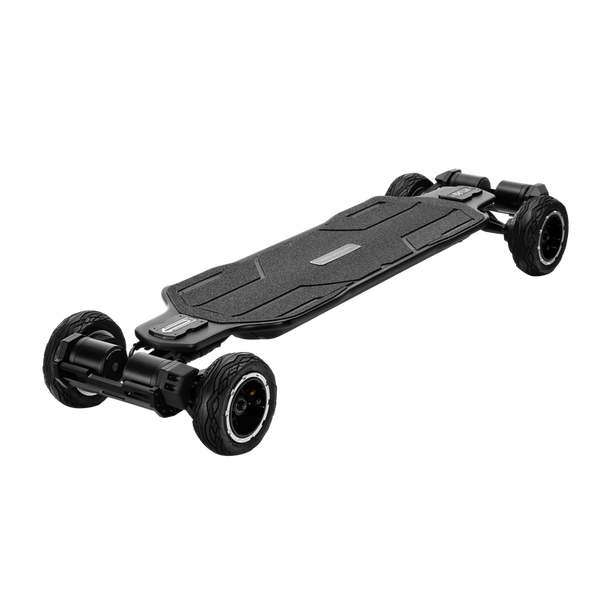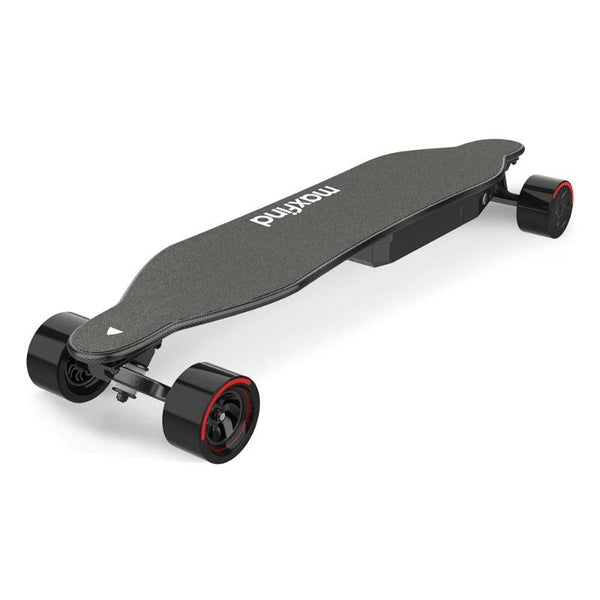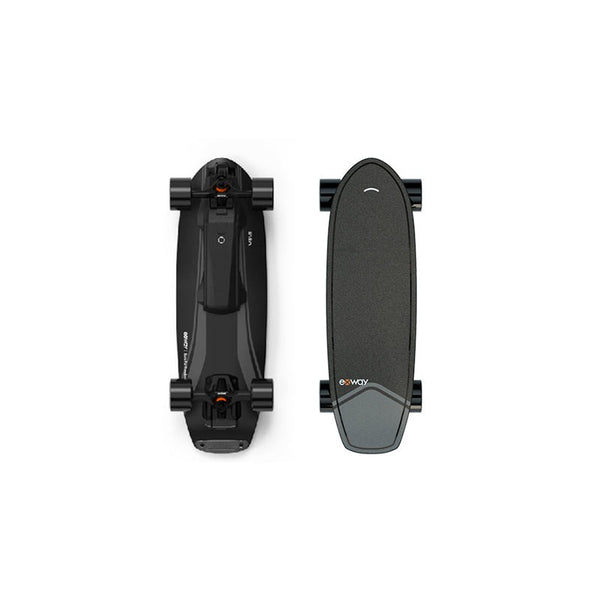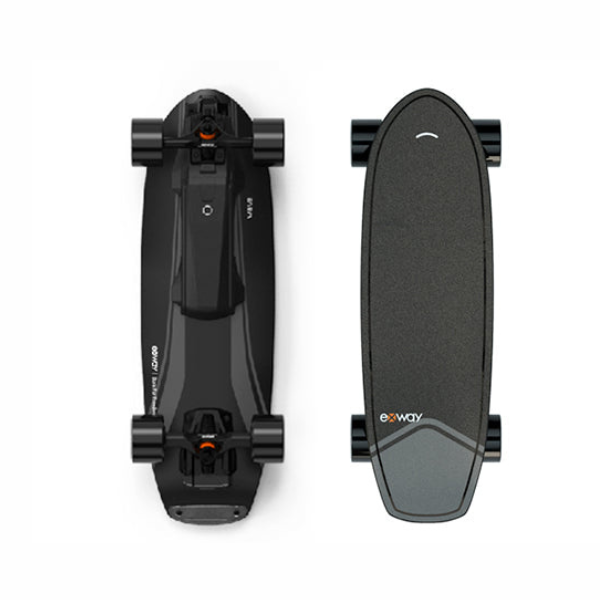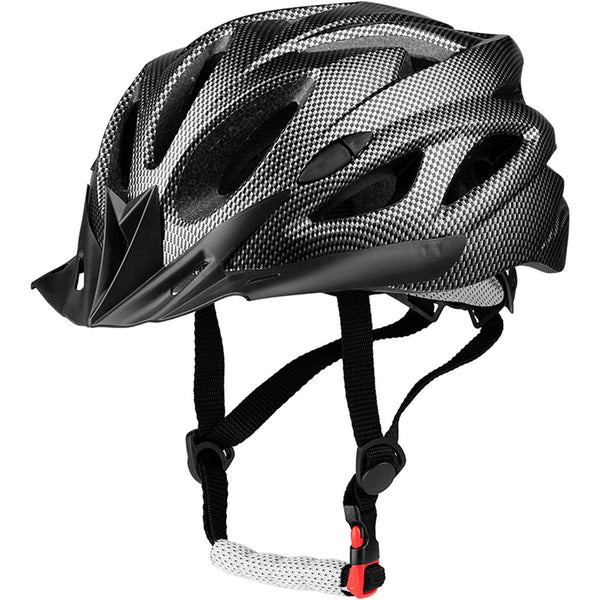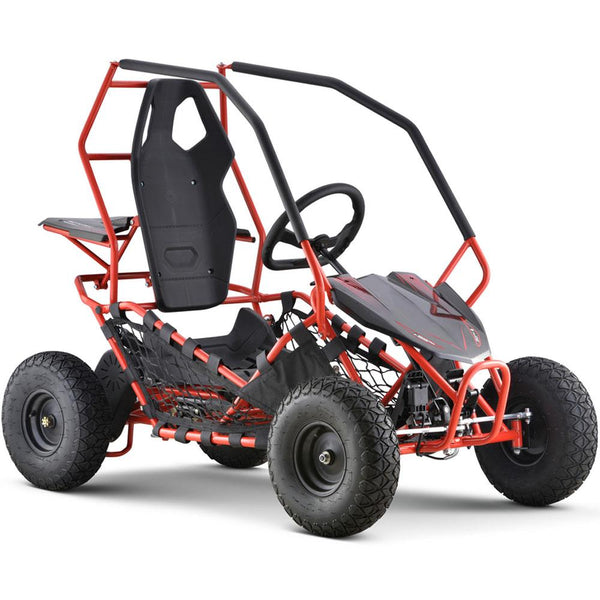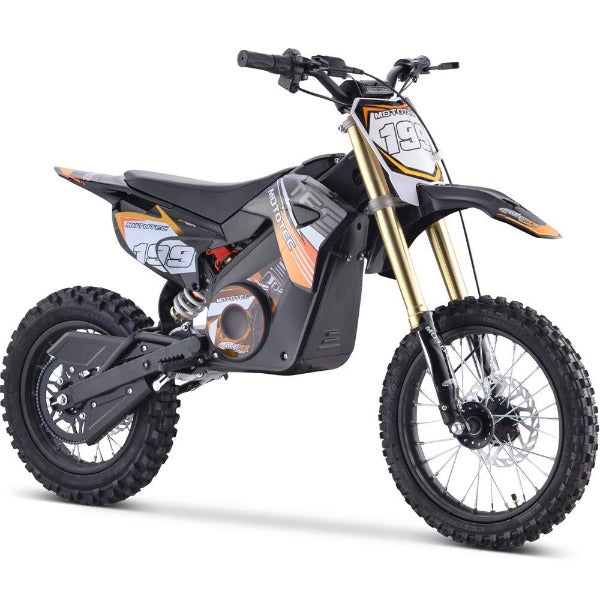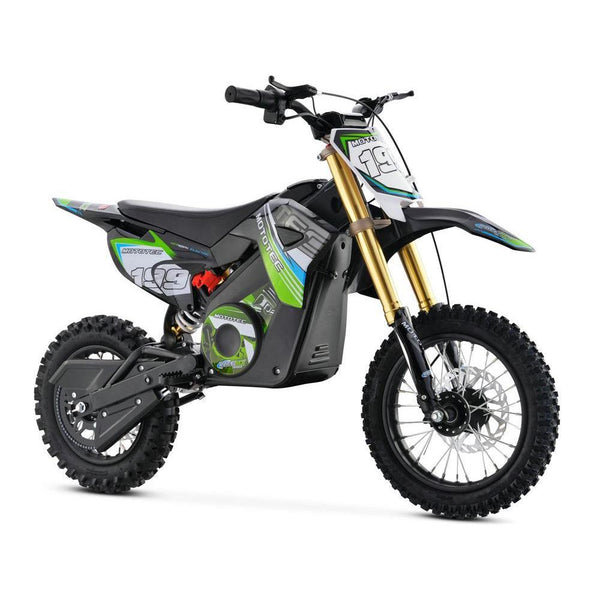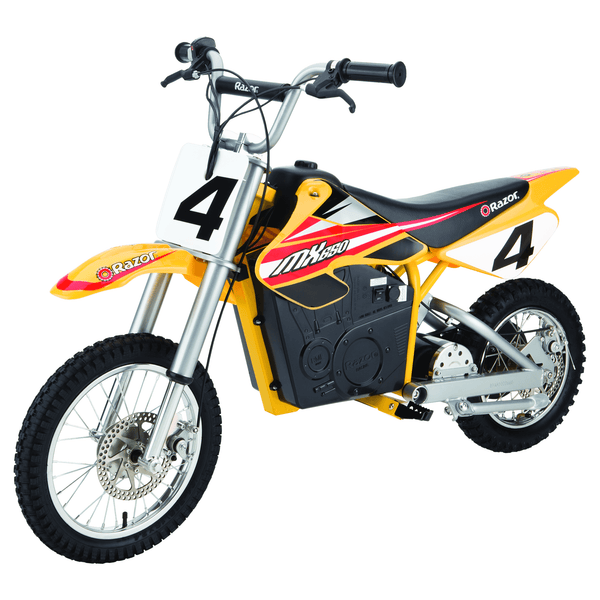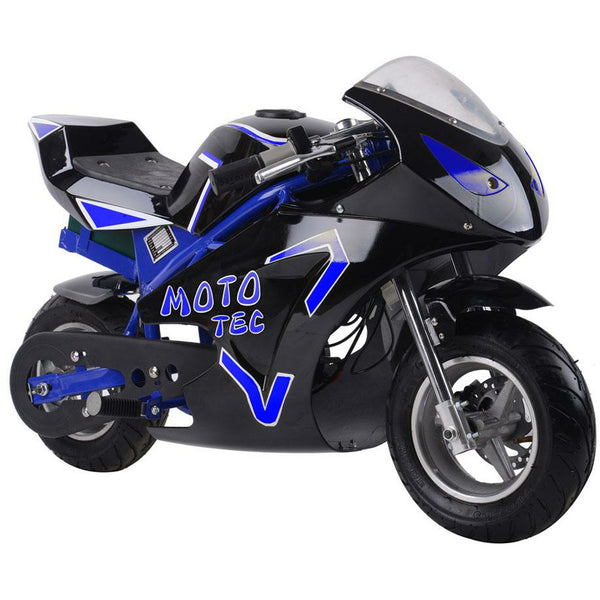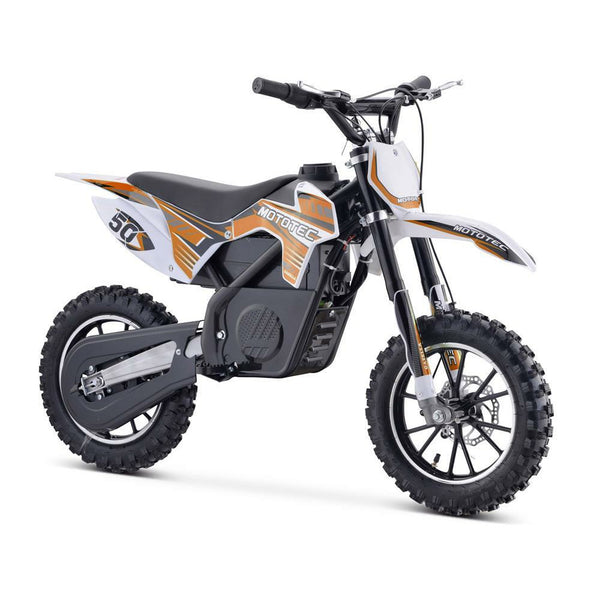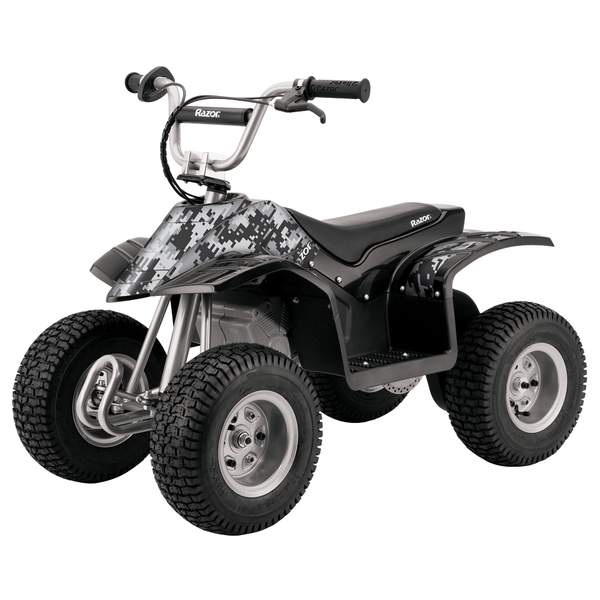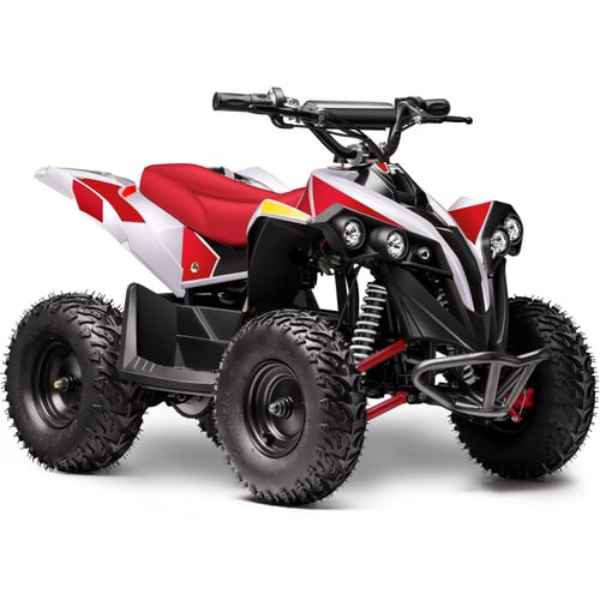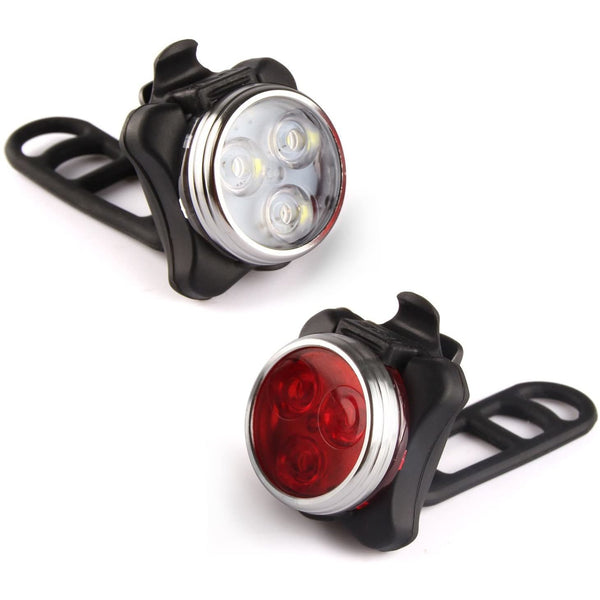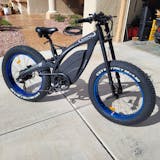Weighing the parts of an electric bike
Electric bikes are one of the best things you can have in life. Not only does it make your everyday biking experience more enjoyable, but it also helps you become healthier and more physically fit in the most convenient way possible, thanks to its unique and advanced features. These electric bikes are also proven as a cost-effective, environment-friendly mode of transportation that lets you get out of heavy traffic effortlessly and allows you to reach far off destinations without sweating like a pig. Electric bikes are becoming an essential part of people’s day-to-day activities, and it’s only evident that, currently, electric bikes are dominating the world.
You might wonder how an electric bike might seem too good to be true, but just like any other thing in the world, even with all the benefits and advantages of using an electric bike mentioned above, it also has its drawback. These perfect-seeming electric bikes are indeed very heavy, even more massive than the regular bikes. However, its being massive should not be taken as an entirely negative feature; in fact, a heavier bike can even serve as an edge for you when riding at high speed. Want to know why? Read this full article to find out.
How heavy is an electric bike?
In reality, how heavy an electric bike varies from bike to bike. It depends on the class or type of electric bike you have. For class 1 pedal-assist or pedelec, where the electric motor assists you as you pedal the electric bike, the typical weight ranges from 37-55 lbs (17-25 kg), while for class 2 throttle-operated electric bikes, the average weight falls between 41-55 lbs (19-25 kg), and lastly class 3 speed pedelecs’ typical weight ranges from 37-55 lbs (17-25 kg) same as for class 1.
In general, a regular non-electric bike weighs somewhere between 29-38 pounds (13-17 kilograms), while the weight of most electric bikes ranges from 38-70 pounds (17-31 kilograms). And as expected, electric bikes are heavier than regular bikes because, aside from the basic components of a standard bike, they also come with additional unique parts that essentially make up an electric bike. So what are these unique components, and how do they contribute to the overall weight of an electric bike? Here, we’ll break down all the parts for you.
What makes an electric bike so heavy?
Electric bikes are known to be efficient, sturdy, and good-looking bikes mainly used for transportation and leisure. There are four key parts to an electric bike: the batteries, the electric motor, the frame & spokes, and the brakes. You probably already know all the parts that comprise a typical electric bike and their functions, but knowing how much each component adds up to the bike's total weight is also essential. It can give you a complete understanding of why electric bikes are so heavy.
Here’s a breakdown of the parts of an electric bike that contributes to the bike’s overall weight:
Electric Motor
Whether it’s a hub or a mid drive, the motor in an electric bike weighs approximately 17 lbs (8kg). Opening up your motor, you will see wires wound around a series of poles in a circle called the stator. When the motor draws current from the battery, electricity enters the wires, and the windings serve as an electromagnet. The windings’ electromagnetic properties attract and repel with the permanent magnets installed in the electric motor which induce magnetic fields that allow the generation of torque. E bike motors tend to be the biggest contributor to the electric bicycle’s total weight. How much these e bike motors weigh can vary depending on their power output, the maximum speed (miles per hour) they can provide to the users, and the nature of the materials used, if it’s ordinary or specialized.
Battery
The battery of an electric bike usually weighs between 4.4-7.7 lbs (2-3.5 kg). Similar to the batteries used in laptop computers and mobile phones, the batteries used in e-bikes are lithium-ion. The Ebike battery's weight depends on its construction and its capacity to store energy for your electric bike to use. Generally, the more powerful you want your battery to be, the bigger and heavier it will be.
The battery life (in hours or in mile range) of an e-bike per single charge can be a deciding factor too. Somehow, the heftier the battery pack, the longer it can last. However, bike manufacturers are currently working on innovations to make batteries lighter and more long-lasting.
Control System
Also known as the controller system, the control system includes the control display normally located on the handlebars that also adds up to the weight of the electric bike. The control display allows you to manage the output power of your electric bike. It also shows the speed and battery life as well as the level of assistance you’re receiving from the motor. In some models of electric bikes, you can see different options and control buttons from the display and control system. Users can choose from options like modes (throttle or pedal assist mode), signals, brakes, and more.
Wirings
Although lighter wires have already replaced the traditional Bowden cables in transmitting mechanical signals to the different parts of the bike, the total number of wires in an electric bike are greater thus still weigh more than traditional bikes. The wires in an electric bike weigh the least out of all the parts mentioned; nevertheless, it still contributes to making an electric bike heavier than a regular one.
Wide Tires
Even though this specific part varies with different types of electric bikes, wider tires, having an ounce of extra weight than the usual, still affects the electric bike’s overall weight. Fat tire electric bikes possess this kind of wide tires that can get as thick as 4 inches. They are mainly used for off road adventures and overcoming steep hills. Hours of having extreme getaways can be gruesome to your tires so having fat, grippy tires especially made for off road trips is highly recommended even though it adds more weight to your e-bike than the usual tires.
Drivetrain, Gears, Disc Brakes, Suspension Forks
Metals are naturally heavy materials. Most of the components of an eclectic bike or even the traditional bicycle are made of metals. Whether it’s made from steel, carbon, or aluminum alloy the Ebike parts like the drivetrain, disc brakes, and the suspension forks collectively add up to the overall bike weight. An E Bike’s drivetrain consists of the crank, pedal, chains, cogs or cassette, and front and rear derailleur gears. These gears particularly (front and rear derailleur systems) are composed of different sizes of sprockets also made from metal. These varying sizes of sprockets come with a transmission system, and a mechanism that lets you transfer the chain from one sprocket to another. One of the most famous derailleur systems used in electric bikes is the Shimano. Shimano has a wide variety of gearing systems available for any kind of e-bike, there’s the Shimano Altus, Shimano Tourney, Shimano Acera, and many more. These components whether Shimano or not, also have their own weight to add to the electric bike’s total weight. On the other hand, disc brakes, whether mechanical or hydraulic, consist of the caliper and the brake pads. And they too play a great role in the bike’s overall weight.
Reinforced Frame and Parts
As we all know, the Frame is the backbone of a bike; it supports and carries the entire load. Another five or so pounds of an electric bike's total weight comes from the bike parts that need to be reinforced to accommodate greater weight and torque. A carbon frame, for example, is a little lighter than an aluminum alloy frame. Likewise, other bike parts such as the handlebars, the seat post, and the seat tube add to the overall weight of the electric bicycle simply because it’s made from some specialized materials or metals. Depending on the model, an ebike’s frame or its specialized parts can be made lighter or heavier. It all depends on the serviceability and purposes the e-bike is intended to satisfy.
The motor's power output and the size of the battery pack greatly affect the weight of an electric bike but there are other minor factors to consider that also add up to its overall weight. Each of the electric bike’s components has its own weight, some are more massive than others, and some are light just like the regular bike’s. Nevertheless, the electric assistance feature of an electric bike makes the extra pounds disappear when you start pedaling on it, making it feel like you’re just riding a regular bike. Whatever the weight of each component might be, all the elements in an electric bike are equally crucial in ensuring it performs its intended purpose of providing you the best biking experience.
The good in being heavy
Controlling your bike to go to the direction you intended is not always going to be easy, especially for lighter bikes. That’s where the advantage of being heavy comes in - in the maneuverability or the ability to be controlled while in motion. Two bikes at the same high speed with different weights have different maneuverability. With a small twist of the handlebar on the lighter bike, it will result in a significant, abrupt change in direction, causing you and your bike to have a higher chance of getting out of balance and most likely fall off. Having a heavy bike can mean harder maneuver, but it makes you more in control of your bike's motion, hence making it safer to travel at high speed.
Summary
The electric motor, battery, control system, wirings, and for some, wider tires and reinforced frames make electric bikes inherently heavier than standard bikes. Moreover, the kind of material used in the electric bike’s frame also affects the overall bike weight. Specialized parts or materials is one of the reasons why even the same type of electric bikes have different weights. Despite all the components that weigh down an electric bike, some specially designed electric bikes out there are lighter and more portable than the typical electric bike. Typically, folding electric bikes are made with specialized lightweight material that makes it more portable than other electric bikes. Although the usual electric road bike and electric mountain bike, whether they have a mid drive or a hub motor, are actually heavier, the benefits and advantages of being an electricity-driven mode of transport have never left. Here are some of Electric Bike Paradise’s lightweight electric bikes:


Featured product: Emojo Lynx Pro Basic Ultra 48V 500W Folding Electric BikeWeight: 55 lbs (25 kg)
Conclusion
Is weight really that important to an electric bike? The answer is a big fat yes, especially if you need to be constantly transporting your electric bike from one place to another. The weight of your electric bike also plays a significant role in the maneuverability, balance and operations of your bike. Even though electric bikes are indeed heavier than regular bikes, the benefits you get from using an electric bike are greater compared to that of a regular bike. The advantages of using it outweigh the extra weight it possesses. But if you’re really looking for a lighter e-bike, don’t worry because many bike manufacturers are currently in the process of developing more lightweight electric bikes. Because in the future, everything just gets easier, better, and lighter.
Compared to traditional bicycles, electric bikes are indeed heavier. And it’s because of the varying factors mentioned above. These factors or components have important roles that play in the overall excellent performance of the electric bike. Some Ebikes may have specialized components or features but one thing they all resemble is an efficient mode of transport that will mold the future into a safer and more eco-friendly place to stay.
Did you find this article helpful? Leave us a comment!
Not the article you’re looking for? Check out or Best Value Electric Bikes or Shop our electric bikes now.




